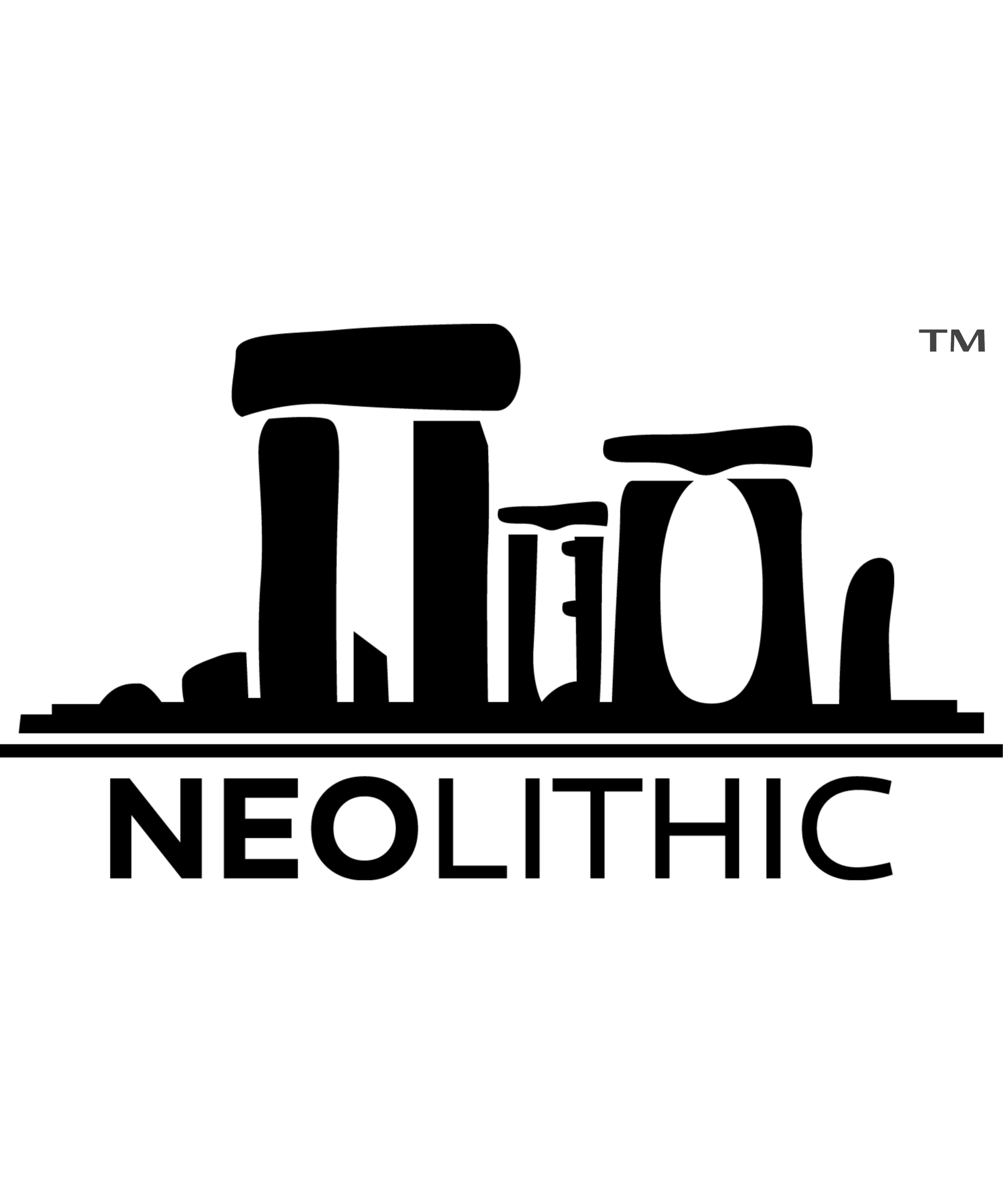The Enigmatic Valknut: A Glimpse into Norse Symbolism
Introduction
The valknut, an enigmatic symbol consisting of three interlocked triangles, is one of the most recognizable motifs associated with Norse mythology. Found on a variety of artifacts from the Viking Age, this symbol has intrigued historians, scholars, and enthusiasts alike, spurring numerous interpretations and debates regarding its meaning and significance.
Origins and Etymology
The term “valknut” is derived from the Old Norse words “valr” (meaning “slain warriors”) and “knut” (meaning “knot”). This etymology provides a glimpse into the symbol’s association with themes of death and the afterlife. Although the precise origins of the valknut remain unclear, its presence on ancient objects, such as runestones and burial gifts, suggests its importance in Norse culture.
Symbolism and Interpretations
The valknut is often linked to the Norse god Odin, the deity of war, death, and wisdom. This association stems from the symbol’s frequent appearance in contexts related to battle and the afterlife. For instance, the valknut has been found on memorial stones and in proximity to depictions of Odin, reinforcing its connection to the god and the slain warriors he guides to Valhalla.
One prevailing theory posits that the valknut represents the cyclical nature of life and death, a central theme in Norse belief. The interlocking triangles could symbolize the interconnectedness of different realms: the world of the living, the world of the dead, and the divine realm. This interpretation aligns with the Norse view of the cosmos, where the boundaries between these realms are fluid and often traversed by gods and mortals alike.
Artistic Depictions and Cultural Legacy
Artistically, the valknut has been rendered in various styles, ranging from simplistic interlocking triangles to intricate designs adorned with runic inscriptions and knotwork. These variations highlight the symbol’s versatility and enduring appeal. In contemporary times, the valknut continues to be a popular motif in jewelry, tattoos, and artwork, symbolizing a connection to Norse heritage and the mystique of ancient mythology.
The Valknut in Modern Culture
Beyond its historical and mythological roots, the valknut has found a place in modern culture, particularly among those with a fascination for Viking history and Norse mythology. It serves as a powerful emblem of strength, resilience, and the enduring legacy of the Norse people. However, it is essential to approach the symbol with respect and awareness of its deep cultural significance.
Conclusion
The valknut remains a captivating symbol, shrouded in mystery and rich with historical and mythological significance. Its intricate design and profound associations with themes of life, death, and the divine continue to inspire curiosity and reverence. Whether viewed as a symbol of Odin’s power or a representation of the eternal cycle, the valknut stands as a testament to the enduring allure of Norse mythology.

